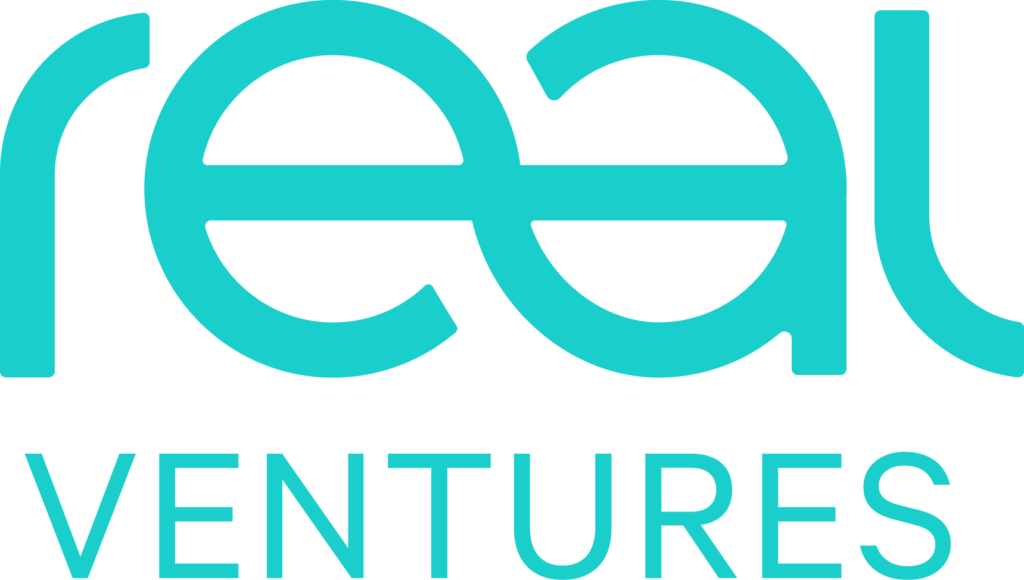We know that a lot of startup founders consider boards and board meetings as yet another stressful chore to deal with on their to-do list. Worse yet: one that distracts from the real work of running their business. We beg to differ. We believe that through intention, focus and efficient communication, your board can be a preciously objective compass helping you navigate and calibrate the often lonely, pioneering journey of a startup CEO.
Granted, learning to trust that compass when it’s indicating a direction other than your own is hard, especially when it feels like you’re at the helm trying to navigate in the eye of the storm. But with every new expedition, you should come to realize that this objective perspective can be a vital complement to your own gut instinct — perhaps less swayed by the strong gusts of fear, ego and pressure that risk throwing the best of CEOs off course.
At our recent FounderCamp, seasoned investor and Real Ventures partner Alan MacIntosh called for a shift in thinking and laid out a passionate defence for the strategic utility of boards and board meetings alike. He stated that success as a CEO includes embracing one’s board to ensure they give you and the company their best support and guidance. He also shared useful tips on how to thoughtfully curate, nurture and structure your board in order to tap into its full potential. Here are some of the big ideas that stood out.
Set — and communicate — clear expectations
If a startup doesn’t have a chairperson, it’s the CEO’s job to set the tone and establish the rigour necessary to structuring and coordinating the company’s relationship with its board. While there are numerous ways to evaluate performance, one insightful study highlights 11 main factors to measure board efficiency and success. At the top of the list: effective internal communication.
Establishing channels for honest, impactful communication takes work. It also takes trust, intention, and perhaps most importantly, it takes setting the bar high on both sides with clearly articulated expectations. To get you started, we’ll set a backdrop for those expectations by mapping out a few of the roles and responsibilities assigned to both entities.
Your board is there to both oversee and guide you
At its core, your board has fiduciary responsibilities that include overseeing your company’s decision-making in order to make sure it aligns with the underlying goal of building shareholder value while also ensuring that wider stakeholder interests are appropriately considered. While that level of accountability might feel intrusive or intimidating, it’s there as a precious safeguard against all kinds of potential failures of governance — be they legal, financial or management-related. For instance, the spectacular collapse of WeWork’s IPO could be blamed on the board’s failure to provide responsible oversight. So before defaulting to defensiveness next time your board voices concerns or dissent, keep in mind that your board members might be seeing something you’re not — and they have responsibilities too.
Your board should be a resource for smart growth
When you’re playing your cards right, your board should be your go-to place for well-informed strategic guidance, brutally honest, trusted feedback, and a privileged channel willing and able to facilitate crucial introductions.
“Helping to assess your company’s competitive landscape in terms of both threats and opportunities, and then helping to shape the right strategy to address those should be your board’s greatest contribution.” – Doug Gawrych, National Managing Partner, Grant Thornton
So as you build your board, make sure your candidates understand that you’ll be actively leaning on them for value-added support and connections. With expectations set, it then becomes your job to actively reach out and ask for their help.
Lead efficient and effective board meetings with a high personal standard
While your board members should understand that you’ll be calling upon them for support, it’s your responsibility to be considerate and efficient with their time. This includes running effective board meetings where the CEO is responsible for managing the agenda, time allocation, meeting minutes, guests and logistics. It also means ensuring that your board members arrive at meetings prepared; having received and read all materials necessary to address your agenda items. Formal board meetings should be governance-driven and focused on vetting and approving key decisions, says Real Ventures cofounder JS Cournoyer. Anything you want to get done that’s about tapping into your board members’ creative brainpower should be accomplished in a separate, designated format.
“I’ve seen teams that were trying to be very accommodating with their board, so they would throw out thoughts and just open the floor to feedback. I think that’s a recipe for disaster. It’s perfectly fine to use your board members as sounding boards, but not during a formal board meeting. ”
Be explicit and demanding with regard to respective responsibilities
Obviously, board members aren’t just showing up for the sandwich platter and coffee! In fact, their role comes with essential functions that, when performed well, are integral to a company’s success. Become good at asking for and getting help. The more actively engaged and involved board members are, the more effectively the board will function at all levels. Here are just a few of the respective executive and board member duties that Alan highlighted in his talk:

Beware of turning your board into an echo chamber
Typically ranging from 3 to 7 directors, the most impactful boards usually have a broad spectrum of complementary experiences, backgrounds, and points of view. That means not only finding the right balance of founders, investors and outside directors, but also inviting people to the table who won’t necessarily always agree with you. Distilling and managing diverse opinions can certainly feel uncomfortable and frustrating at times, but remember that informed and respectful pushback may be one of the most valuable tools you have to counter blind spots and widen your field of vision — ultimately helping you manage the inevitable curveballs the business will encounter.
“While a certain degree of collegiality can encourage a productive, respectful setting, too much can hinder healthy dissent and debate — and board turnover…it’s critical that boards hear and consider contrary views, in order to come to the right decision.” – PwC, 2019 Annual Corporate Directors Survey
Despite understanding this on an intellectual level, many startup founders still struggle to build boards that foster true difference. PwC quantified this issue for public companies in its 2019 Annual Corporate Directors Survey, noting that 43% of directors consider it difficult to share a dissenting opinion and that “collegiality has its pitfalls in the boardroom”. As a leader, it’s your job to deliberately create and model a culture where people can constructively disagree — even (or especially) with you. Being deliberate about the makeup of your board is the first step in that process.
Leverage structure and process for better results
Just as tools and processes act as training wheels for better leadership, they also play a major role in establishing structure and effective consistency when working with your board.
“For a board of directors to accomplish the tasks assigned to it, it needs to have the right board structure, supported by the right board membership, and engaged in the right board processes.” – Richard Leblanc & James Gillies, Ivey Business Journal
From easy access to board documentation and well-planned agendas, Alan highlighted a few simple ways good housekeeping and organizational discipline make for better board meeting results. Here are a few you could put into practice today:
- Send out agendas and board packs at least 3 days before the meeting.
- Maintain consistency in board meeting format, reporting and frequency.
- Keep careful and well-structured board docs in a shared (Google) Drive.
- Create (and stick to) appropriate time allocations for each agenda item.
- Focus on contextualizing key facts, figures and metrics to make your point.
- Call board members for early agenda input to avoid unplanned distractions.
- When appropriate, bring in subject matter experts from your team to present.
- Keep board members well fed, hydrated and comfortable.
- Quickly follow up with an actionable, post-meeting summary email.
- Communicate openly and preempt any potential (unpleasant) surprises.
Work on shifting your mindset and building trust
To get the most out of your board, you need to shift your mindset and see it as a strategic asset for your company. As a CEO, owning and embracing your board allows you to carve out extremely valuable time working on the business versus in the business. At its best, a solid board should function as a wise council — helping you distill the noise, evaluate alternatives and find clarity as you navigate the entrepreneurial journey’s roller-coaster moments of doubt, scarcity, experimentation or celebration.
And we get it: it will be taxing to continuously set the stage for transparent communications and effective collaboration. But our experience and the data both show it pays off. A 2009 study found that boards with “team-based attributes and practices were associated with increased financial performance.”
Just as with any meaningful relationship though, you only get as much as you put in. And the first step in truly tapping into your board’s potential comes with a careful paradigm shift combined with a healthy dose of self-awareness.
“You have to let go of this idea that it’s something you have to do — that it’s a pain in the ass — and instead realize: oh right, this is an incredible tool.”
In summary, your board is there to help — not just to judge. Even so, countless founders still struggle to fully consider and harness that potential support, especially when it means acknowledging that things may have gone off course or when confidence is faltering. When space is thoughtfully created with honesty and vulnerability, preparing board meetings can become a privileged opportunity to step back from hectic operational pressures, take a birds-eye view of progress, reflect on what continues to drive you, and anticipate what lies ahead.
So now, as your well-informed board provides constructive feedback to help you shape the best company you can, your intentional role is to lean in, listen and be receptive.
**********
For more insights, fundraising advice, founder stories, ecosystem deep dives and industry trends, sign up for our newsletter and follow us on Twitter, LinkedIn and Facebook.




